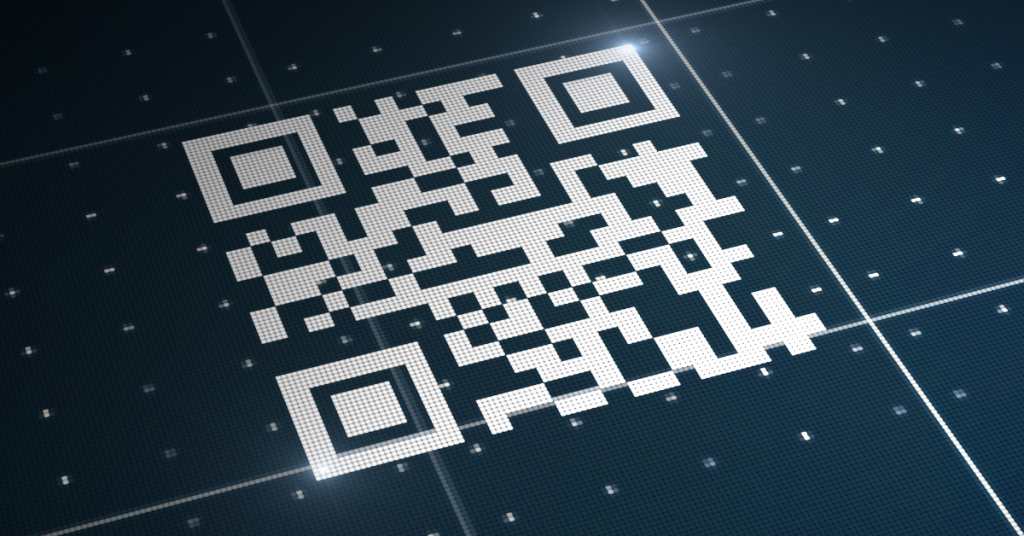In today’s digital age, businesses are constantly searching for innovative ways to connect with customers, streamline operations, and enhance their marketing efforts. One technology that has stood out in recent years is the QR code. Originally developed in the automotive industry for tracking parts, QR codes have now found their way into various business applications, providing a bridge between the physical and digital worlds. In this blog post, we will explore the numerous innovative uses of QR codes in business and how they can offer significant advantages.
Table of Contents
What Are QR Codes?
QR codes, or Quick Response codes, are two-dimensional barcodes that can be scanned using a smartphone or QR code reader. They store information such as URLs, contact details, or plain text, which can be quickly accessed once scanned. Unlike traditional barcodes, QR codes can hold much more data and can be read in any direction, making them extremely versatile.
Enhancing Marketing Campaigns
One of the most prominent uses of QR codes in business is in marketing campaigns. Businesses can place QR codes on posters, flyers, business cards, or even in digital ads. When customers scan these codes, they are directed to a website, landing page, or social media profile. This not only provides a seamless way for potential customers to engage with the brand but also allows businesses to track the effectiveness of their marketing efforts.
Real-World Example
A restaurant might include a QR code on its menu that directs customers to a special promotion or a loyalty program sign-up page. By offering an incentive, such as a discount or free item, the restaurant can encourage more customers to scan the code and engage with their brand digitally.
Streamlining Operations
QR codes can also be used to streamline various business operations. For instance, they can be utilized in inventory management to keep track of stock levels and monitor the movement of goods. By scanning the QR code on a product, employees can instantly access information such as quantity, location, and reordering details.
Real-World Example
Retail stores often use QR codes to manage their inventory efficiently. Employees can scan the QR code on an item to check stock levels and automatically reorder when the stock is low, thus reducing the chances of stockouts and overstocking.
Improving Customer Experience

Another innovative use of QR codes is to enhance the customer experience. Businesses can use QR codes to provide customers with additional information about a product or service, offer easy access to user manuals, or facilitate the checkout process.
Real-World Example
A retail store might use QR codes to provide detailed product information. When a customer scans the QR code on a product tag, they can view reviews, product specifications, and even instructional videos. This can help customers make informed purchasing decisions and improve their overall shopping experience.
Contactless Payments
In the wake of the COVID-19 pandemic, contactless payments have become increasingly important. QR codes offer a safe and convenient way for customers to make payments without physical contact. By scanning a QR code at the checkout, customers can complete their transactions quickly and securely.
Real-World Example
Many cafes and restaurants have adopted QR codes for contactless payments. Customers can scan the QR code on their bill to pay directly from their smartphones, minimizing physical contact and speeding up the payment process.
Facilitating Networking and Information Sharing
QR codes can also be a powerful tool for networking and information sharing. Professionals can include QR codes on their business cards that link to their LinkedIn profile, personal website, or digital portfolio. This makes it easier for contacts to save and access their information.
Real-World Example
At a conference, attendees might use QR codes on their badges. Scanning the QR code could provide access to their professional profile, making it simpler to connect and share information with others.
Event Management
Event organizers can use QR codes to streamline various aspects of event management. From ticketing to attendee check-ins, QR codes can enhance the efficiency and security of events.
Real-World Example
A music festival might use QR codes for electronic tickets. Attendees can simply show the QR code on their phone at the entrance, which is scanned to grant entry. This not only speeds up the check-in process but also reduces the need for physical tickets.
Customizing the QR Code Appearance
To ensure QR codes fit seamlessly into a business’s branding, it’s essential to use a QR code clear background. This allows the QR code to be placed on various surfaces without disrupting the visual aesthetics of marketing materials or product packaging.
Conclusion
The versatility and ease of use of QR codes make them an invaluable tool for businesses looking to innovate and enhance their operations. From marketing and customer experience to inventory management and networking, QR codes provide numerous opportunities to connect with customers and streamline processes. As technology continues to evolve, the potential applications of QR codes in business will undoubtedly expand, offering even more innovative solutions for companies of all sizes.
By understanding and leveraging the power of QR codes, businesses can stay ahead of the curve and create more engaging, efficient, and effective strategies to achieve their goals. Whether you are a small business owner or a corporate executive, incorporating QR codes into your operations can lead to significant benefits and a competitive edge in the market.